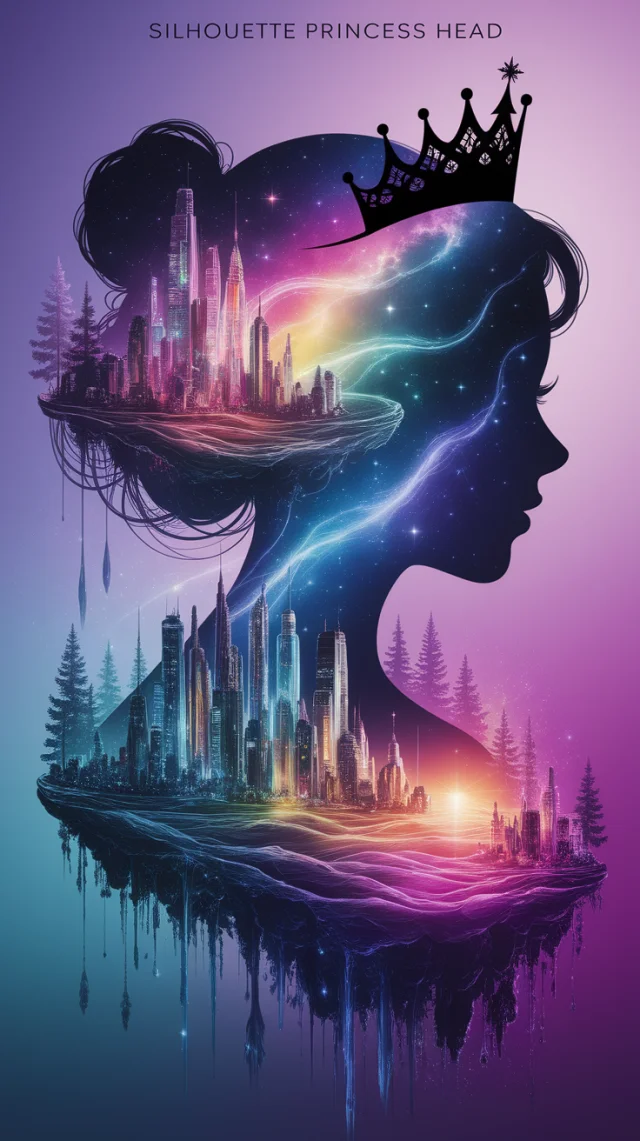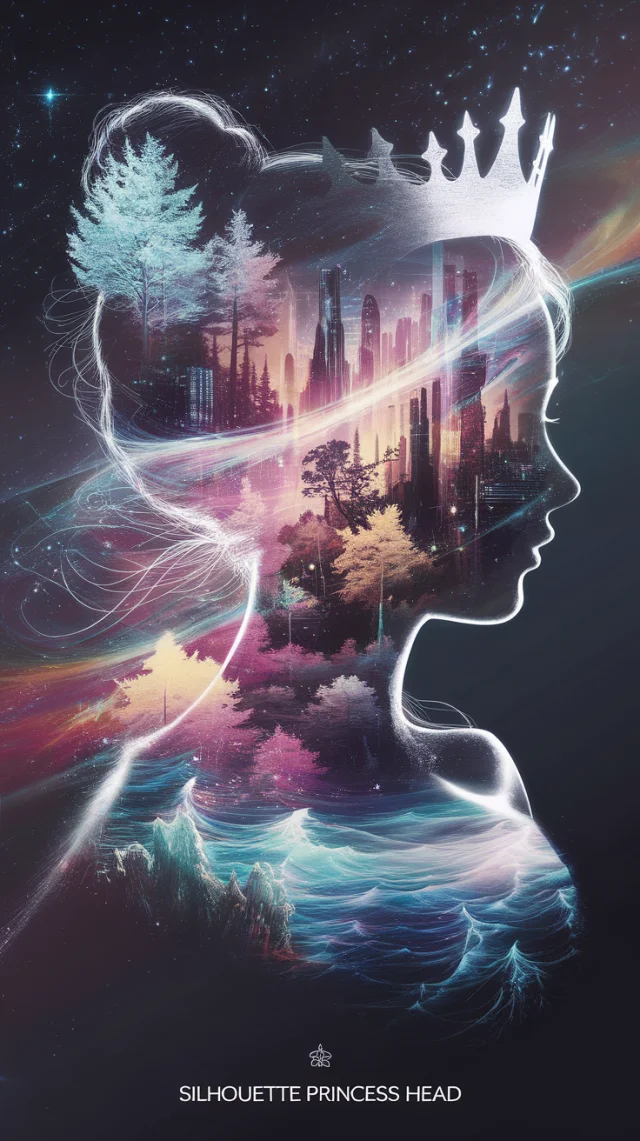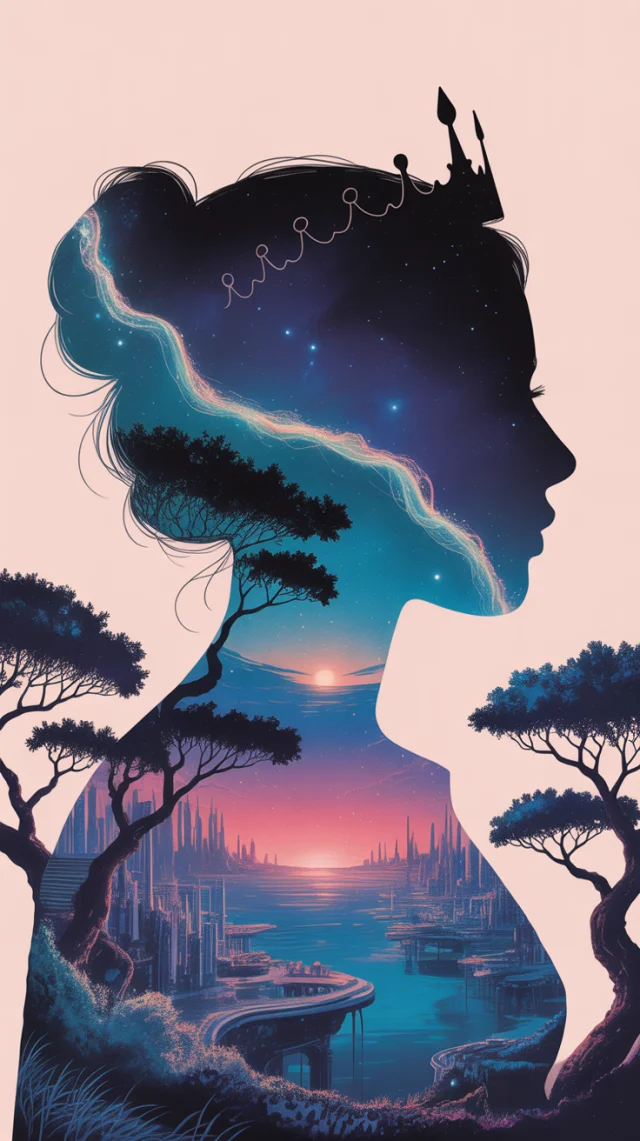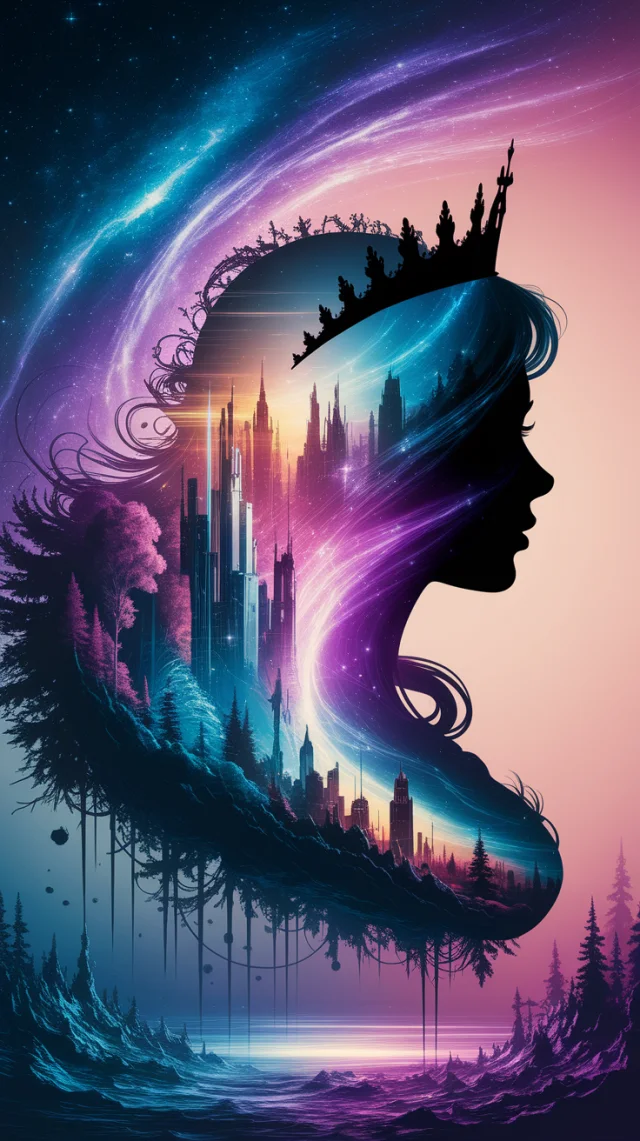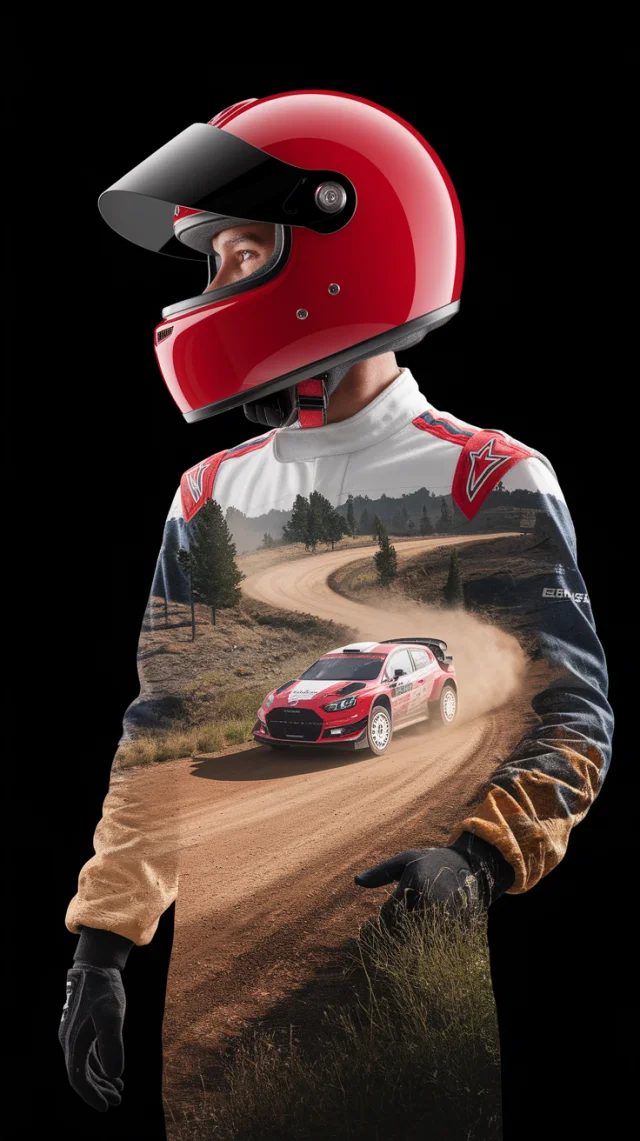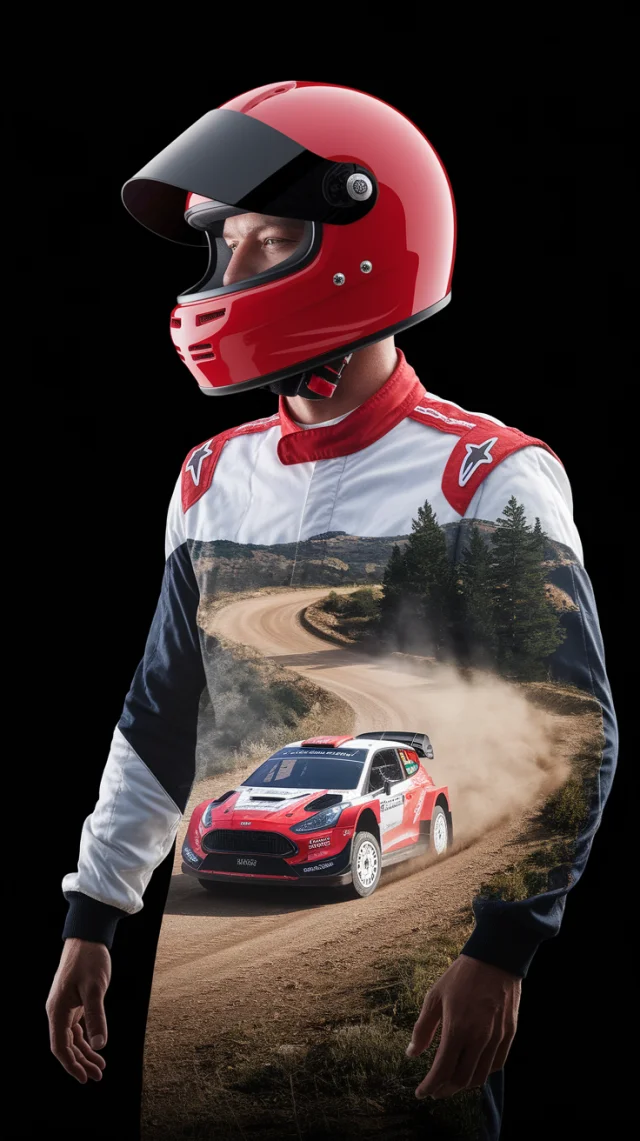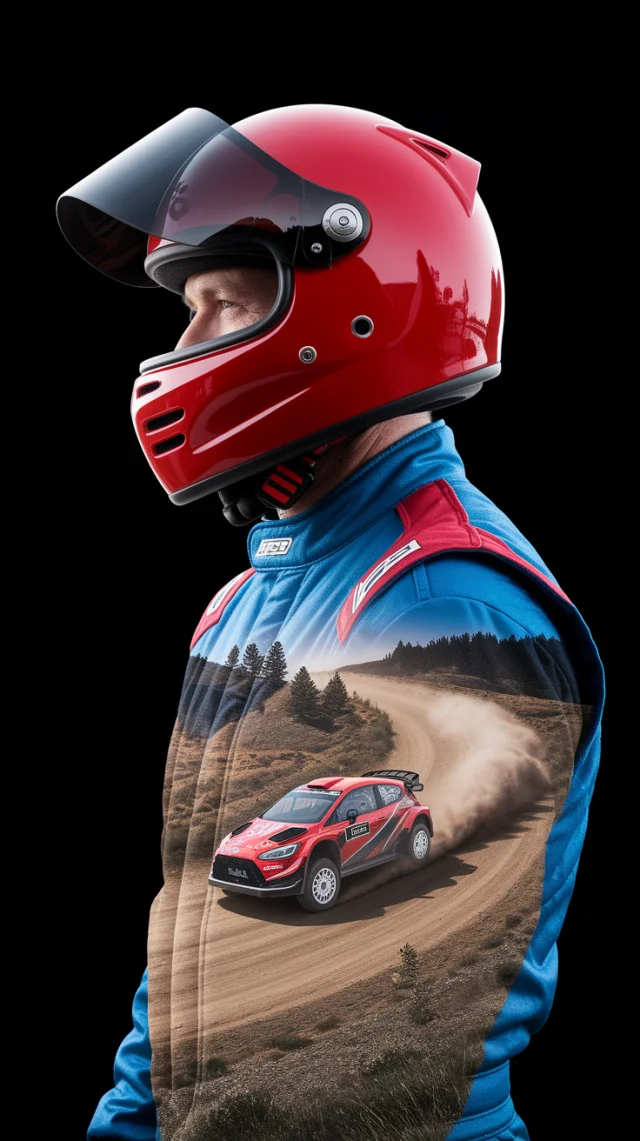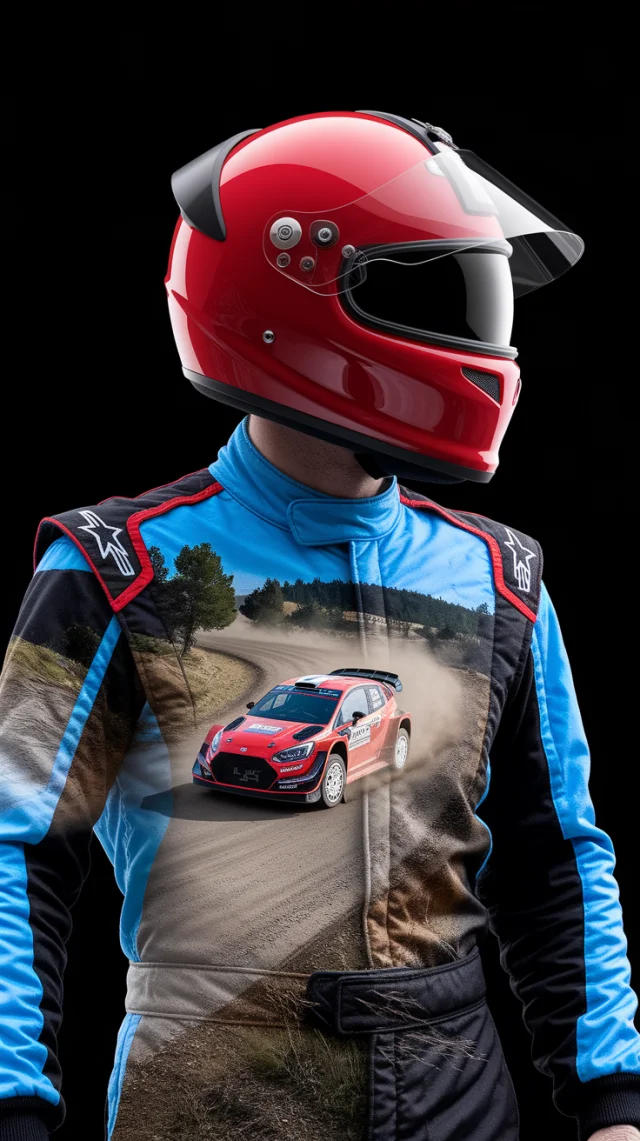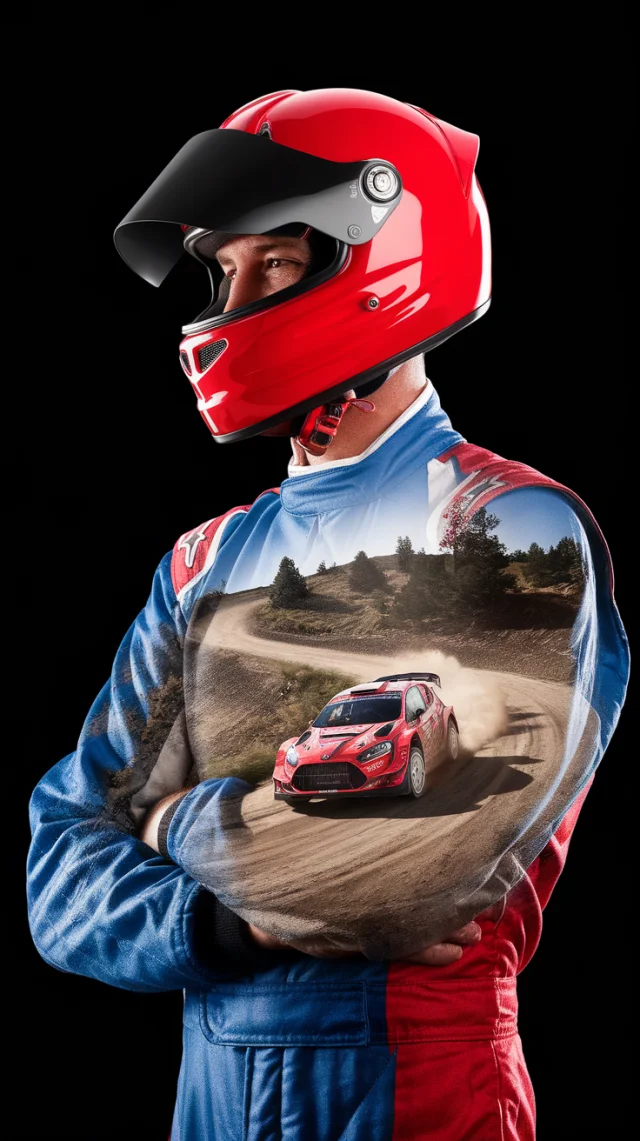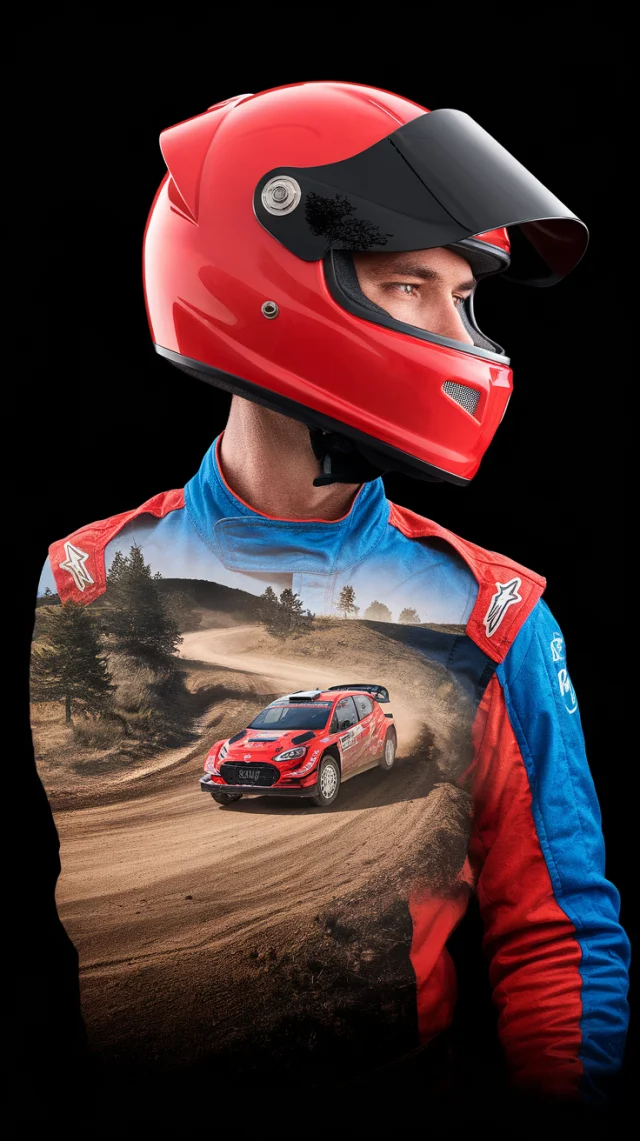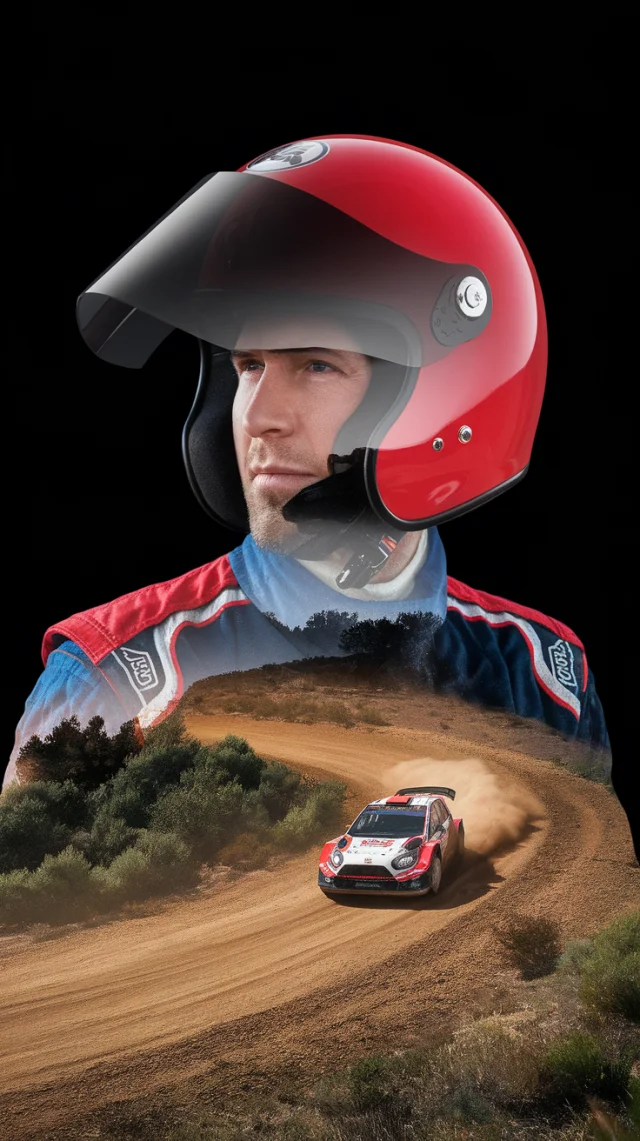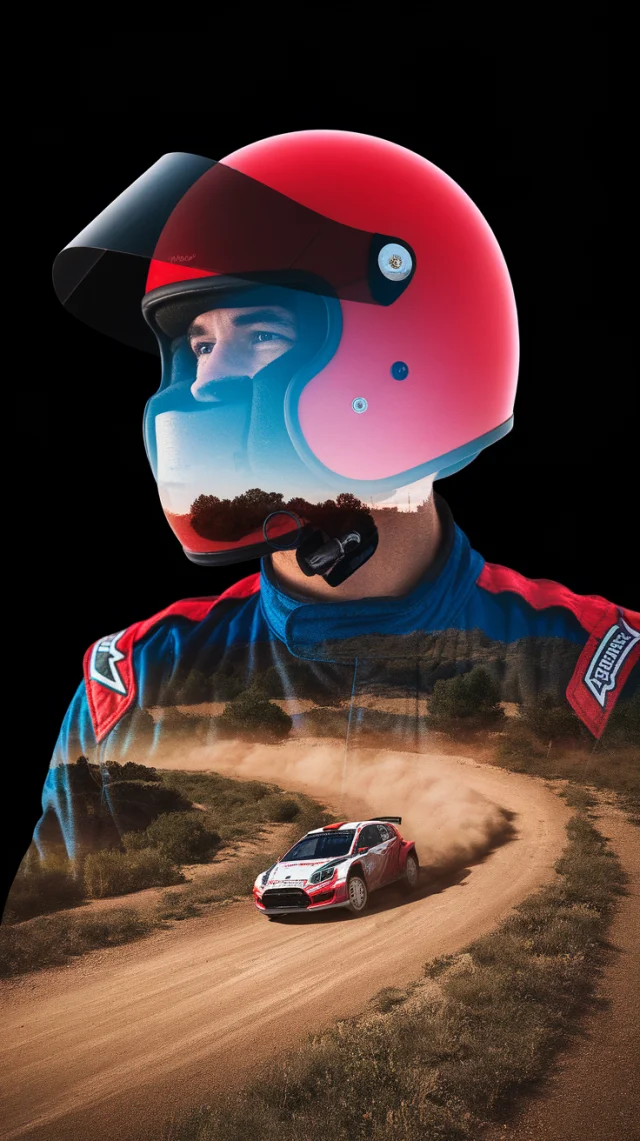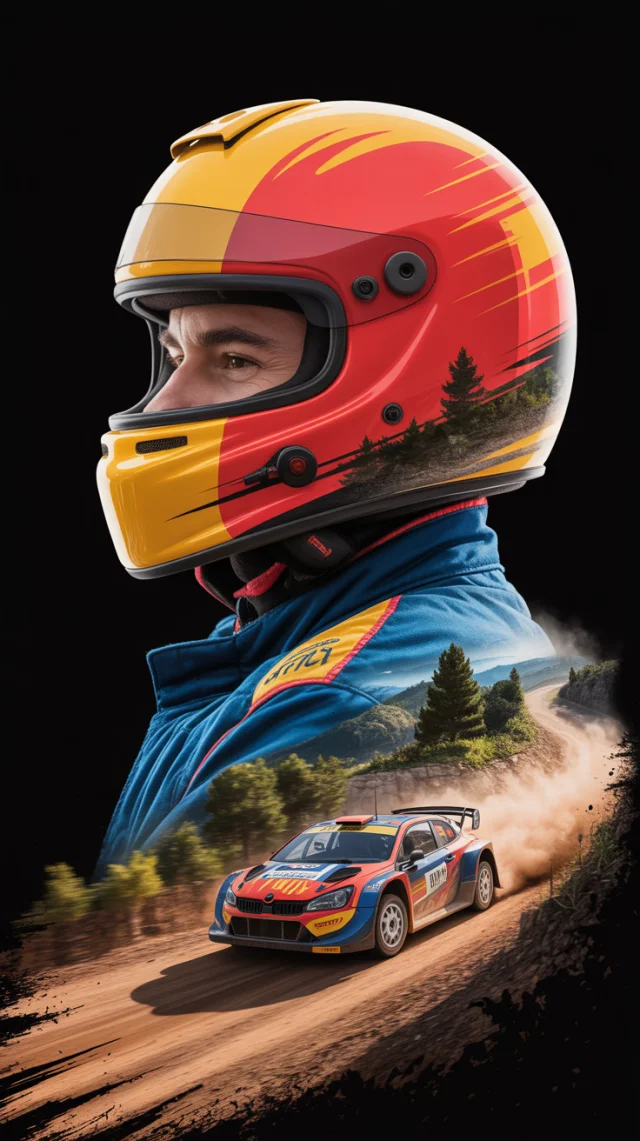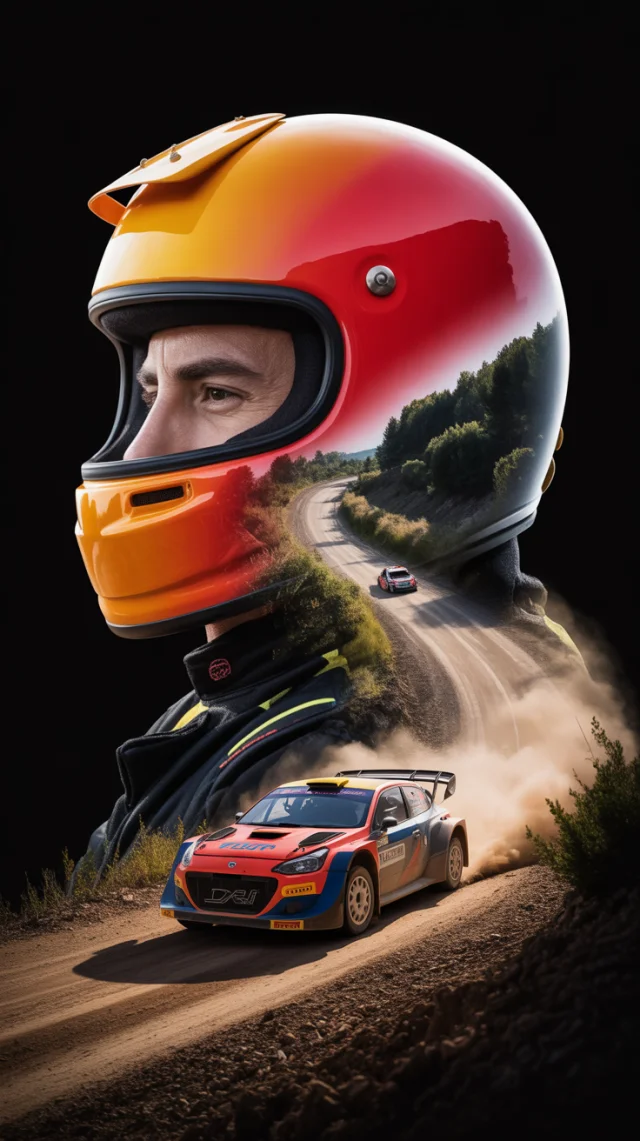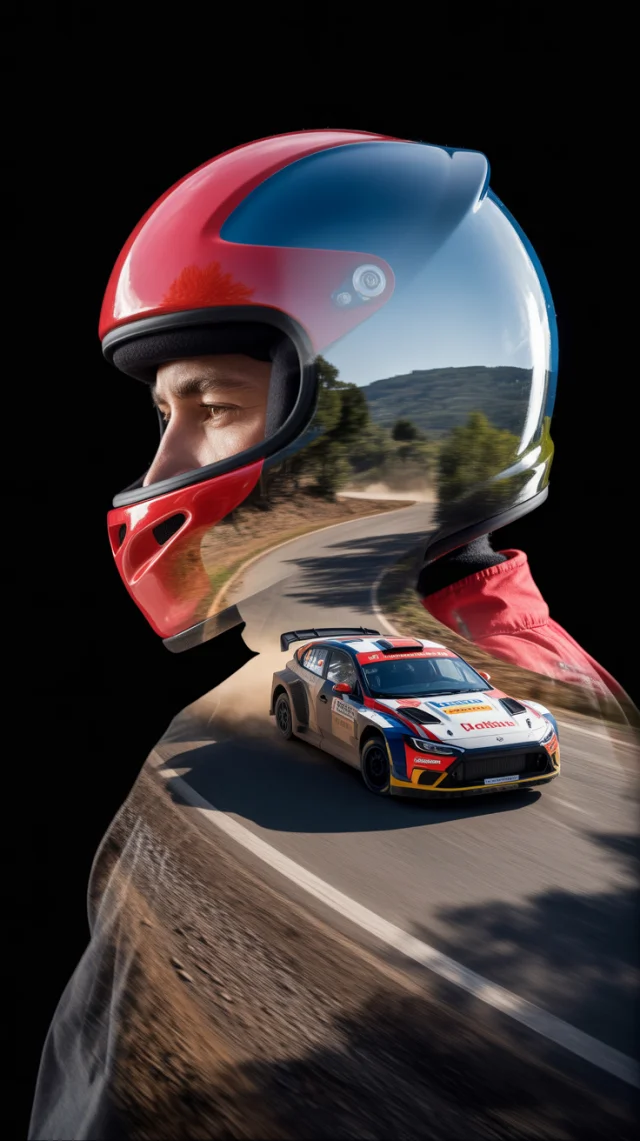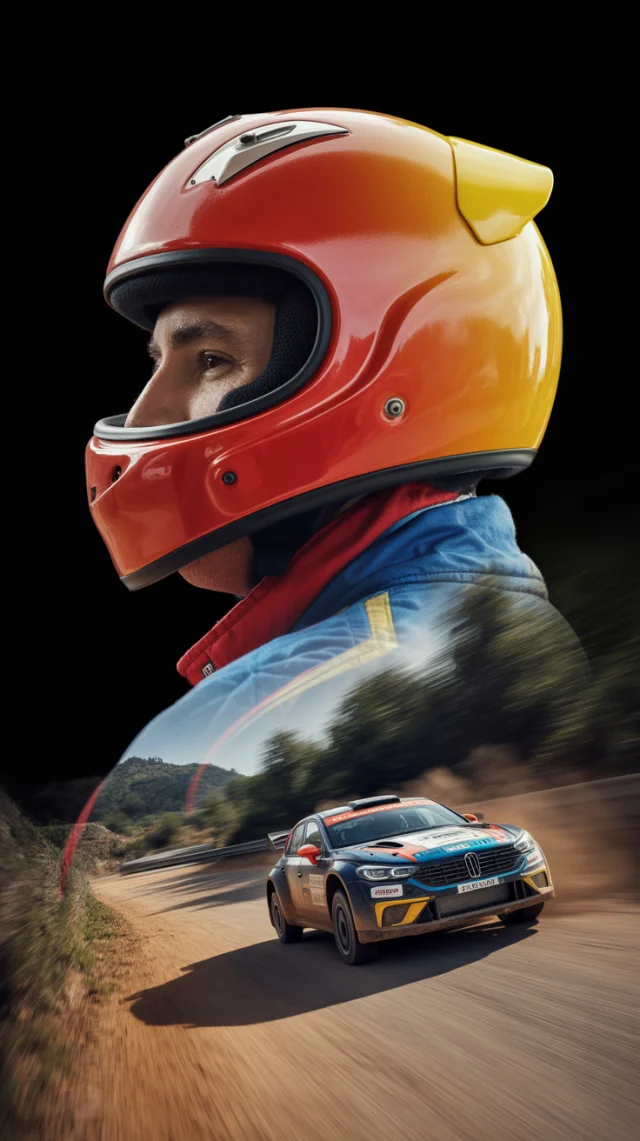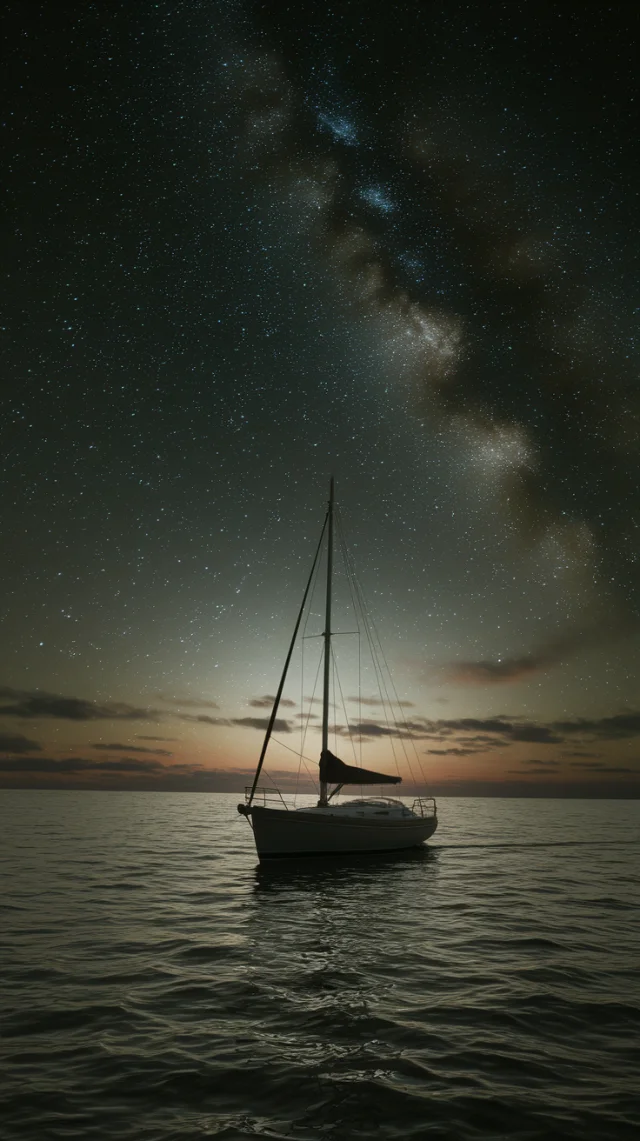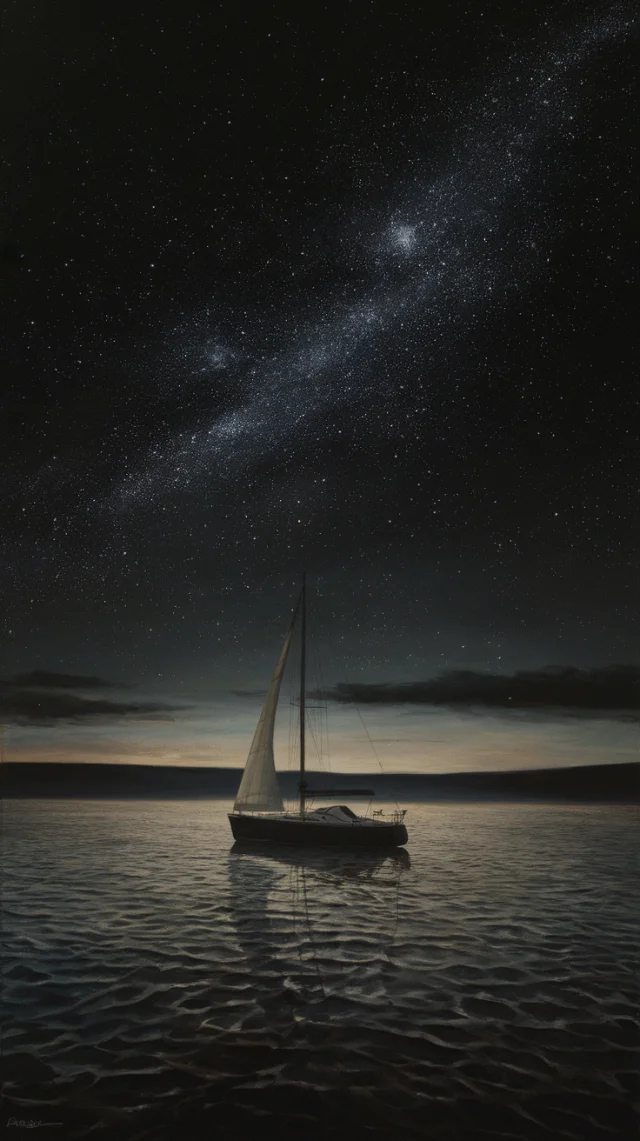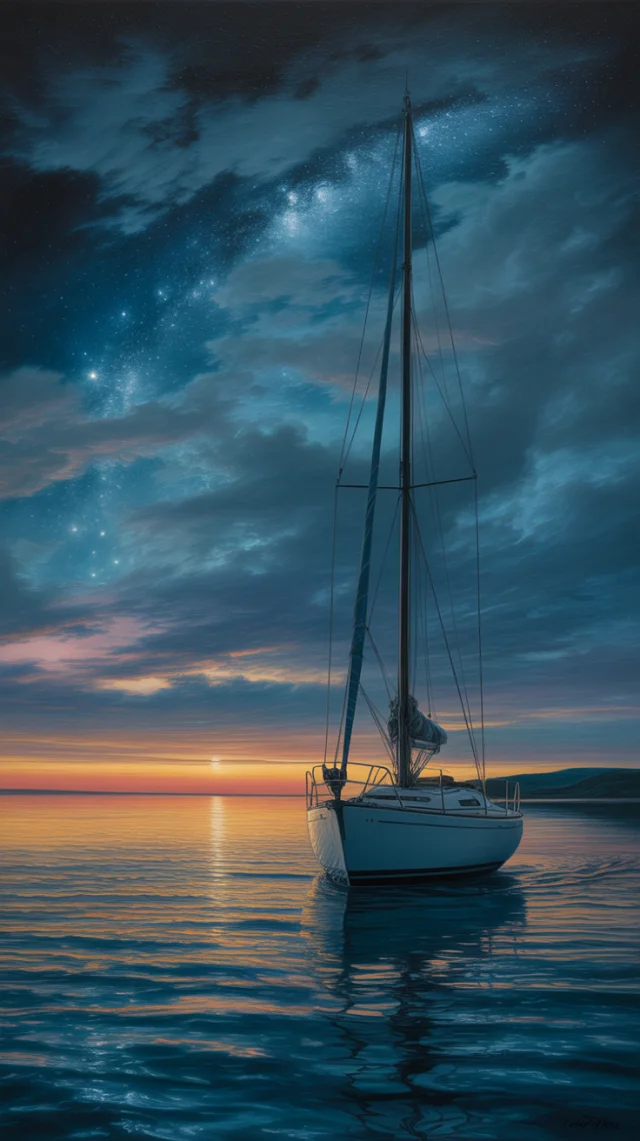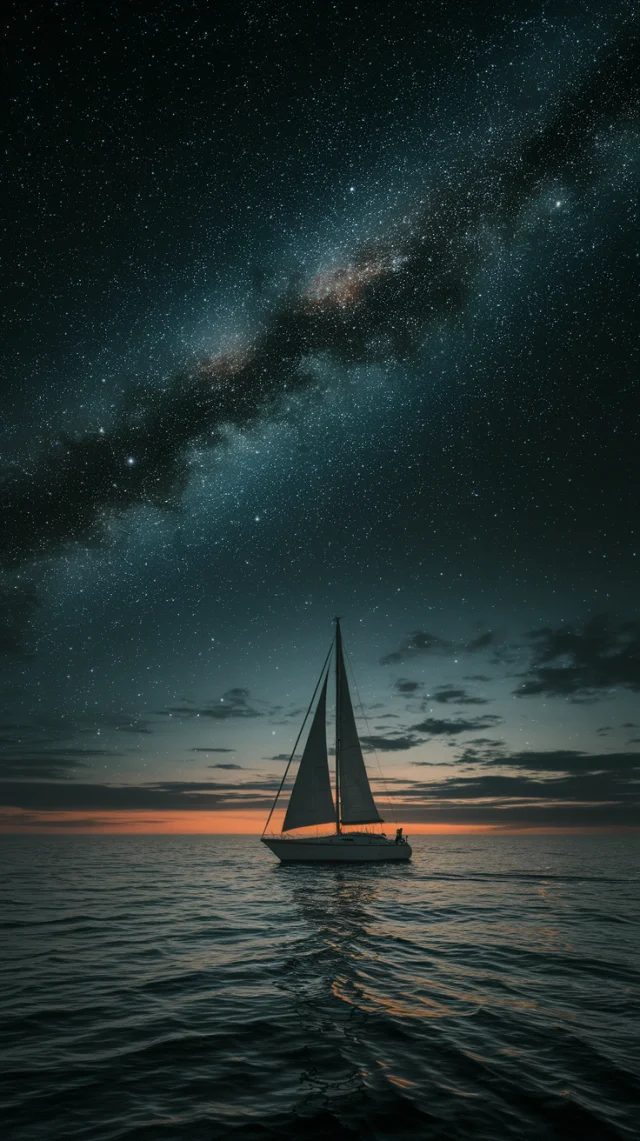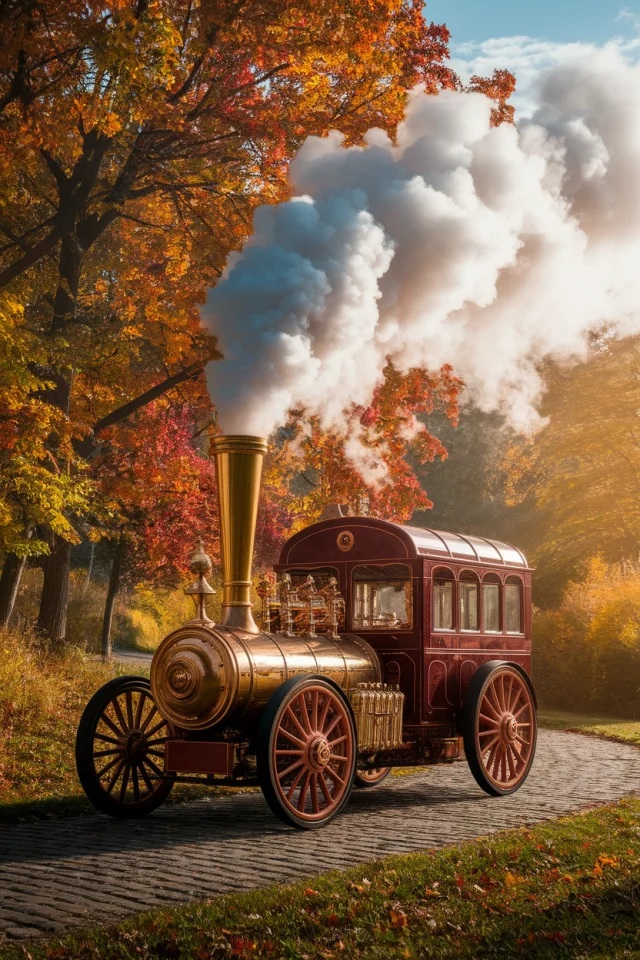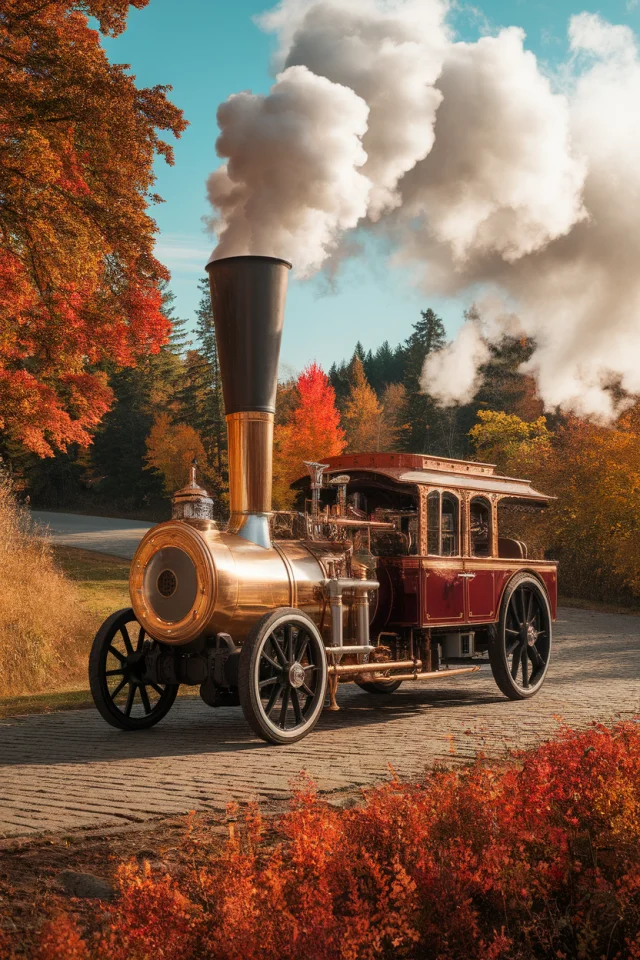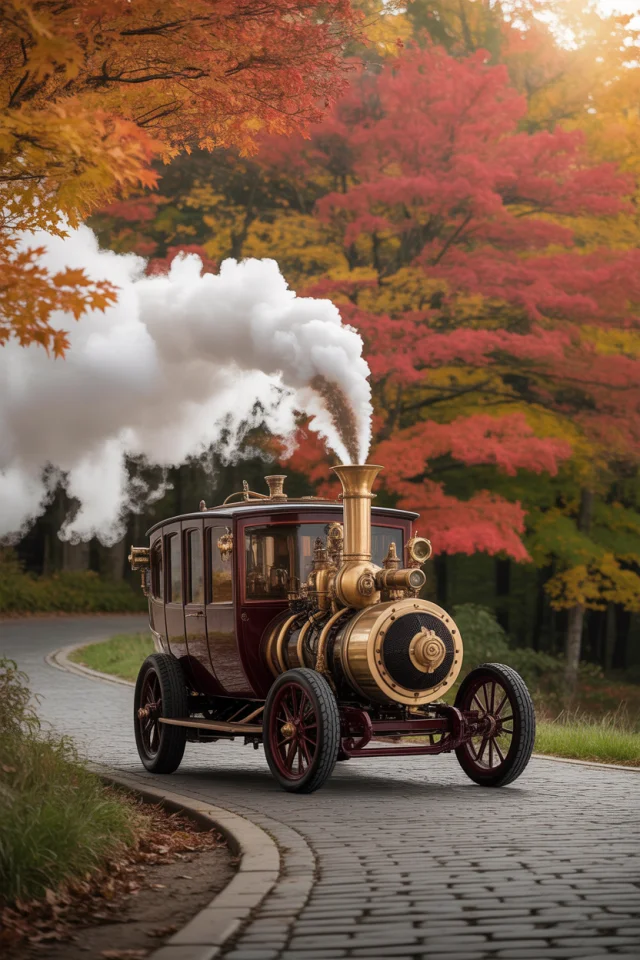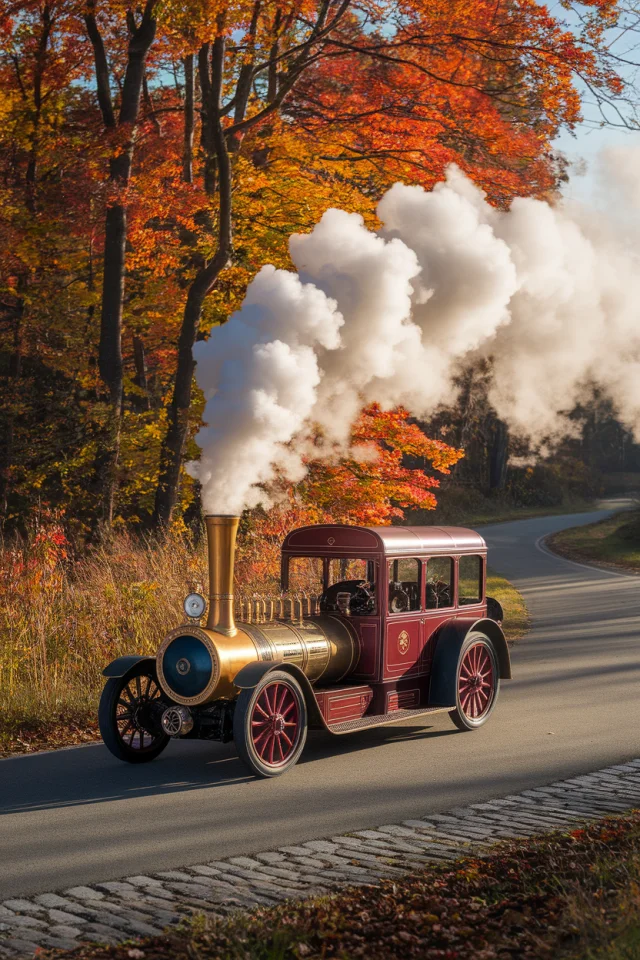AI Double Exposure Rally Art: Ideogram Versions Compared
Create a captivating double exposure portrait of a rally car driver, featuring a giant half-body profile with a vibrant racing suit and a red crash helmet with a closed tinted black visor, concealing the intire face, Inside the rider's silhouette, we see a detailed rendition of a rally car speeding along an off-road race track, surrounded by trees and hilltops. The winding dirt track showcases the car's agility, leaving a trail of dust in its wake. The black background emphasizes the driver as the main focal point, creating a stunning image that captures the passion and adrenaline of the sport., portrait photography, conceptual art, cinematic, photo
Exploring Ideogram's capability for AI Double Exposure Rally Art, we compare versions 2a, 2.0, and 3.0. Each interprets the rally driver double exposure concept differently, from v2a's foundational attempts to v2.0's balanced compositions and v3.0's artistic flair. This analysis focuses on their success in generating compelling AI Double Exposure Rally Art, highlighting variations in detail adherence, scene integration, and overall visual impact, crucial for users aiming to create this specific style.
Visual Differences
When creating AI Double Exposure Rally Art, Ideogram v2.0 strikes a balance, offering better integration of the rally car scene than v2a, with more dynamic action. V2a is more basic but often truer to helmet color. V3.0 excels in artistic, detailed internal scenes for AI Double Exposure Rally Art but deviates most on prompt specifics like helmet color and visor concealment. The critical 'closed tinted black visor' detail was a challenge for all versions. For users seeking AI Double Exposure Rally Art, v2.0 provides good dynamism in the embedded scene, while v3.0 offers more artistic flair at the cost of prompt fidelity. V2a offers simpler, more direct interpretations.
Recommendation
For generating the requested AI Double Exposure Rally Art, Ideogram v2.0 is the recommended version. It best balanced the complex double exposure effect with a dynamic internal rally scene, crucial for captivating AI Double Exposure Rally Art. While no version perfected the 'closed tinted black visor', v2.0's strengths in overall composition and capturing the 'passion and adrenaline' make it the strongest choice for this specific AI Double Exposure Rally Art concept, assuming minor prompt refinements for visor details.
